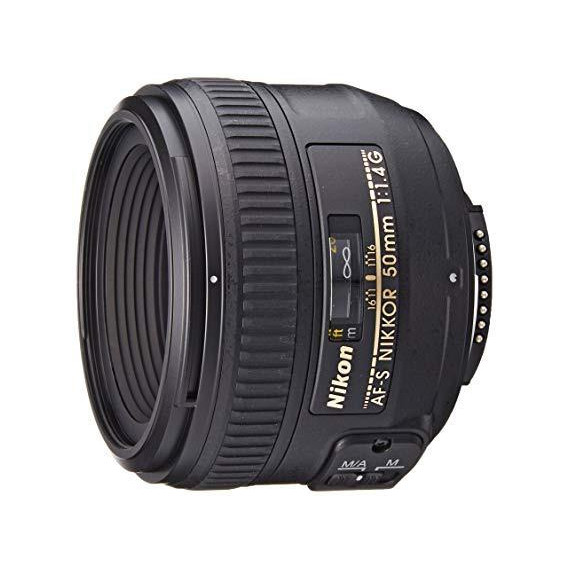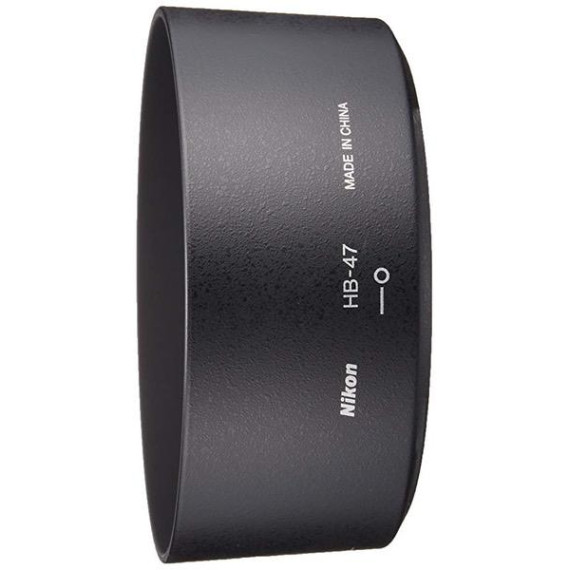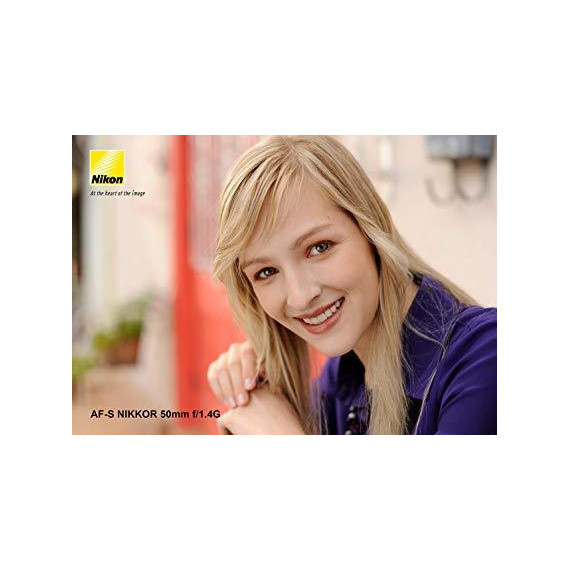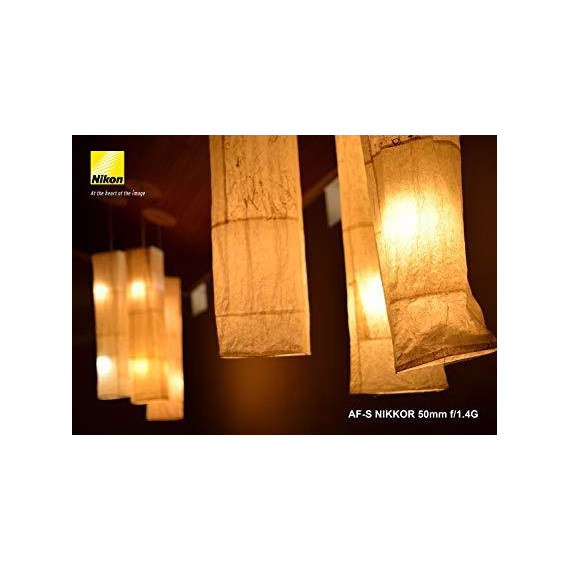ReconScout
I shoot all Nikon on a D300s body (DX), multiple speedlights (SB-700s and an SB-900), and the full array of Nikon pro glass. This lens is the "holy grail" due to its mid-range focal length (about 75mm on DX), large aperture, compact size, and light weight. However, some people moving from a kit lens and used to a consumer level DSLR body (slower focusing, different expeed engines, no AF Fine Tuning), may run into some issues. Before I go further, please accept this review as a pragmatic, rather than technical review. I focus on end-user usability in the consumer to intermediate range. Others like to focus on numbers and other technical aspects and they do a great job for nerds like me. This lens will surely appeal to consumer level shooters considering "moving up" in glass. These are shooters that typically spend less than $1,000 on a DSLR body and start with a "kit lens." Larger apertures such as the 1.4 are not panaceas for every shooting situation, whether you shoot with a DX or FX sensor, or a D700 or D300s or D3100. Yes, you will be able to shoot in lower light. However, significant depth of field considerations now come into play. So, shooting your daughters ballet recital is more likely possible w/out flash (most dont allow use of flash) but you may have significant focusing issues, especially on a body like the D3100, which focuses much slower than a D300s. So, you could expect more blurry shots when dealing with a moving subject and shooting at 1.4,even when using continuous focus. Outdoors in daylight, these considerations are mitigated, but some remain. For example, moving subjects shot at 1.4 may have the wrong area in focus and the rest out of focus due to depth of field, leaving you with an image that cannot be salvaged through post processing. And, the 1.4 aperture will typically yield soft focus, while arguably preferable for portraits, but not so for landscape. Many people also believe a 1.4 aperture eliminates the need for outdoor fill flash or, any flash. I find this to not be the case unless I am going for a specific type of shot where natural soft light source is illuminating my subject from the front (think window illumination). With this particular lens, you will want to shoot in the f2.8 to 8 range for most situations. Since I prefer shooting at ISO 100 or 200, this means I will probably have to rely on at least one speedlight. This lens provides good color rendition at a contrast level to be admired. However, it is a lens best shot in manual mode and under complete user control. You will want to integrate post processing distortion and sharpening control to play it safe. So, shoot in RAW format whenever possible to provide maximum flexibility with this lens (a good idea anyway- I always shoot RAW). This lens provides nice compression for portraits at an equivalent of 75mm, while wide enough, even on a DX for landscape. Its size and weight serves as a great all around lens for travel. For me, its a choice between my Nikon 17-35 or this lens. I usually take this lens. Side note: Many people seem to have complained about the AF accuracy of this lens. I would suggest you test for AF accuracy and then use AF Fine Tune if your camera has it (D300 and above do). Every lens can have particular quirks when paired with a body. Nikon offers the best quality control in the industry, but they cannot pair for every DSLR body differential. It is possible to get a bad copy of the lens, especially if Amazon shipped it in a large box with no packing. So, in summation, if you are moving from a kit lens on a consumer grade body, this is a great pro level FX/DX lens to consider. But I have to wonder of the cheaper Nikon 50mm 1.8 DX Lens( Nikon 35mm f/1.8G AF-S DX Lens for Nikon Digital SLR Cameras ) would serve you just as well. I would definitely compare the two for your needs.
















